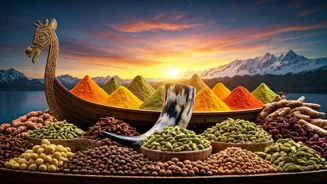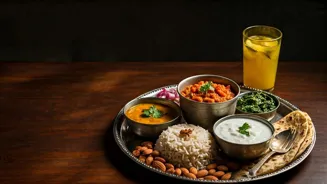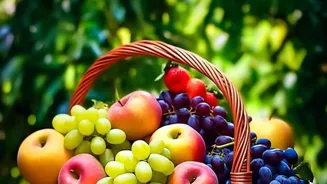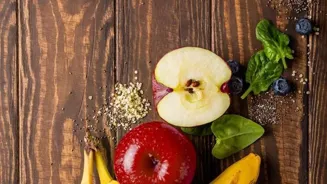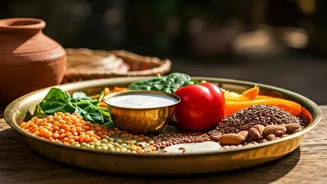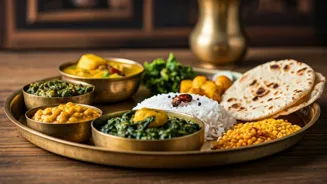Viking Diet Unveiled
The Viking diet harks back to the diets of the ancient Norse people. It emphasizes whole, unprocessed foods like fish, meat, root vegetables, berries,
and whole grains. This focus on natural foods is similar to traditional Indian dietary principles, which heavily feature fresh produce and home-cooked meals. The diet is rich in omega-3 fatty acids and antioxidants, promoting overall health.
Why the Buzz?
This Nordic diet is gaining popularity due to its potential health benefits. People are attracted to its emphasis on sustainable eating and wholesome foods. The diet aligns with increasing awareness of climate-friendly food habits and encourages practices similar to the food habits prevalent in rural India where fresh produce is a mainstay. Its emphasis on healthy fats and lean proteins makes it an attractive option.
Adapting for India
Adapting the Viking diet for the Indian palate requires some creativity. Focus on incorporating local equivalents – replace Nordic berries with seasonal Indian fruits like jamun or guava. Lean meats are easily accessible, and root vegetables like sweet potatoes and yams are already staples in many Indian diets. Focus on locally sourced, seasonal foods.
Possible Downsides?
While promising, the Viking diet does have some potential drawbacks, especially for Indians. It might be difficult to maintain long-term for some in India given the differences in food availability. The high protein intake might need to be balanced with a focus on fibre-rich foods. Consulting a nutritionist is always a good idea before making significant dietary changes.
Final Thoughts
The Viking diet offers an interesting perspective on healthy eating. It highlights the importance of whole, unprocessed foods. By understanding its principles and making thoughtful adaptations, Indians can explore this Nordic approach to nutrition. Remember to embrace the concept of balanced nutrition while incorporating local traditions.
